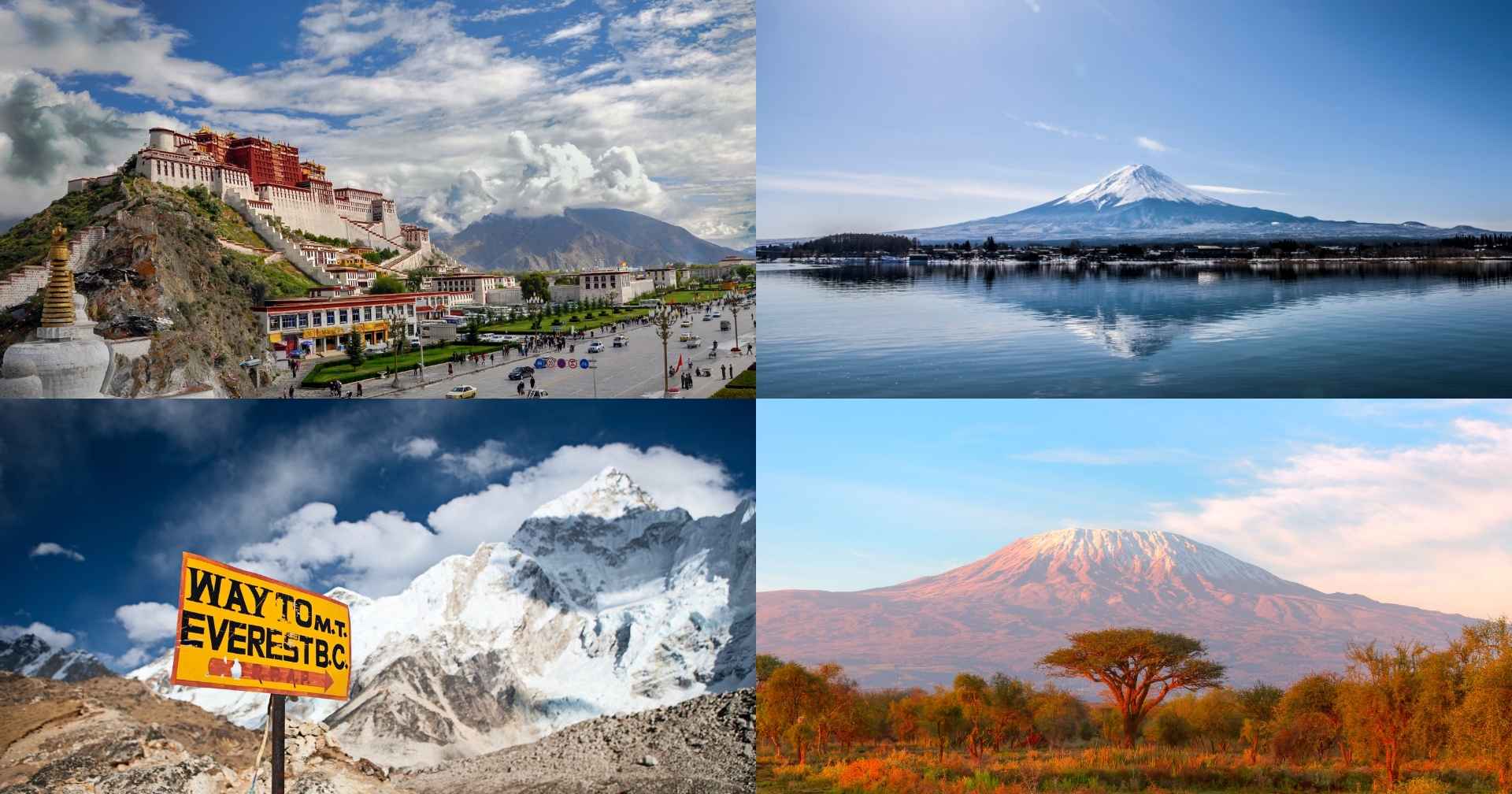
Planning a high-altitude adventure? Don’t rush - prepare well in advance to make your travel experience unforgettable!
Popular High-Altitude Destinations in 2025:
- Lhasa, Tibet (3,650m)
- Mount Fuji, Japan (3,776m)
- Everest Base Camp, Nepal (5,364m)
- Mount Kilimanjaro, Tanzania (5,895m)

If you have teammates, don’t hesitate to share this information with them. Proper preparation ensures not only your safety but also enhances the team’s overall travel experience.
Why Is High-Altitude a Concern?
At high altitudes, the air pressure is lower, meaning there’s less oxygen for your body. For those of us used to living at sea level, our bodies need time (around few days) to adapt to this low-oxygen environment. Without sufficient acclimatization time, you risk developing Acute Mountain Sickness (AMS), which can rapidly worsen and become life-threatening.
What is Acute Mountain Sickness (AMS)?
AMS occurs when you ascend to high altitudes too quickly without giving your body enough time to adjust. Even the fittest individuals can experience AMS, which typically appears a few hours after reaching high altitude. Symptoms include:
- Headache
- Loss of appetite
- Dizziness, nausea or vomiting
- Flu-like symptoms
- Extreme fatigue and poor sleep
Ignoring AMS can lead to severe conditions like High-Altitude Cerebral Edema (HACE) and High-Altitude Pulmonary Edema (HAPE). If AMS symptoms persist, the team should consider changing the route or descending; never continue ascending.
How to Reduce the Risk of Altitude Sickness?
- Ascend Slowly: Give your body enough time to adapt to the lower oxygen levels.
- Acclimatize & Rest: Rest overnight at a lower altitude before going higher. Arrange rest day every few days if above 3,000m.
- Stay Hydrated: Drink plenty of clean water to avoid dehydration.
Medication Considerations for High-Altitude Travel
- Acetazolamide (Diamox): Helps your body adapt to high-altitude environments and reduce AMS symptoms. Suitable for trekking and rapid ascents above 3,000m, such as Kilimanjaro or Everest Base Camp.
- Painkillers: Ibuprofen or paracetamol can relieve headaches and other AMS symptoms.
- Other Medications: Anti-nausea or anti-diarrheal medications can help minimize travel disruptions.
Additional Environmental Health Risks
High altitudes increase the risk of sunburn, especially with UV reflection off snow. Low temperatures and low oxygen levels can also lead to frostbite, particularly if you have poor circulation.
Consult a Professional
Before your trip, especially if you’ve experienced altitude sickness before, it’s best to consult a doctor for personalized advice and medication options.
Shoebill is here to support you, offering comprehensive high-altitude travel health consultation. Make your adventure safer and more enjoyable. Book your consultation now and visit our Shoebill Co-Traveller - Travel Health Management Center!
Reference: High Elevation Travel & Altitude Illness (CDC, 2024)


